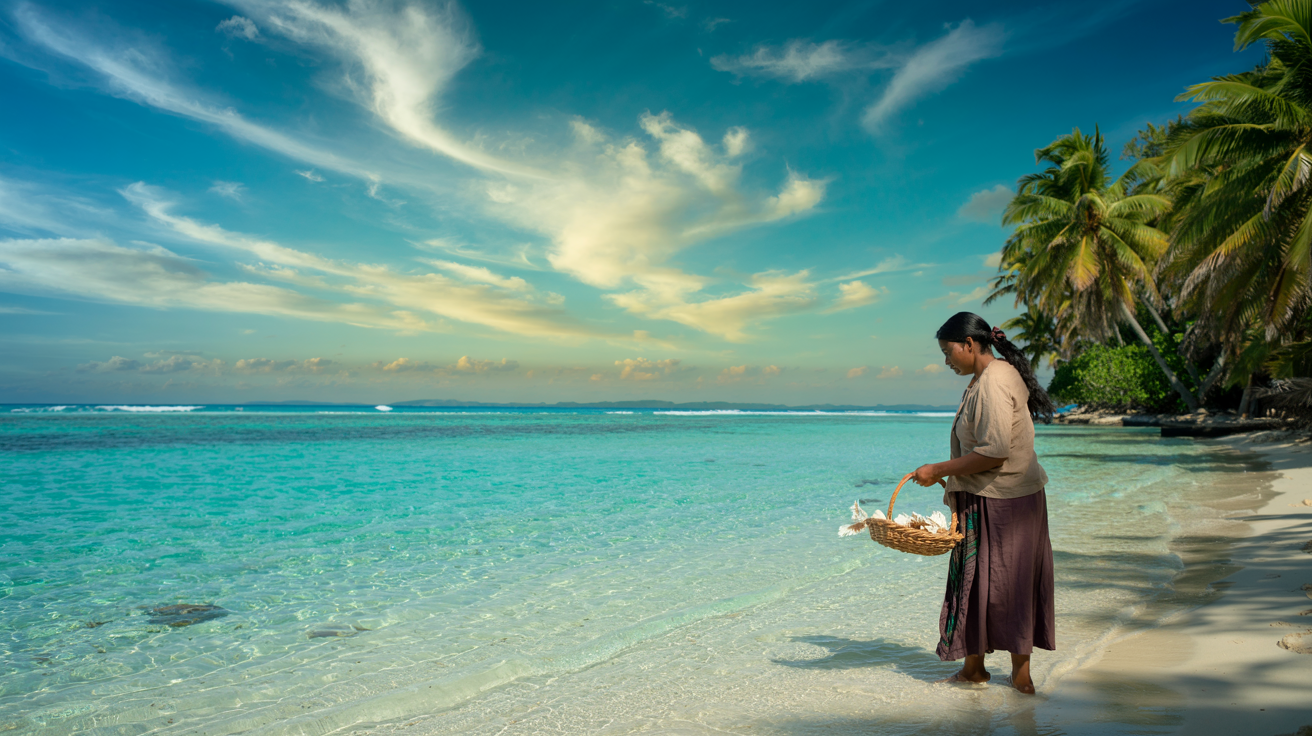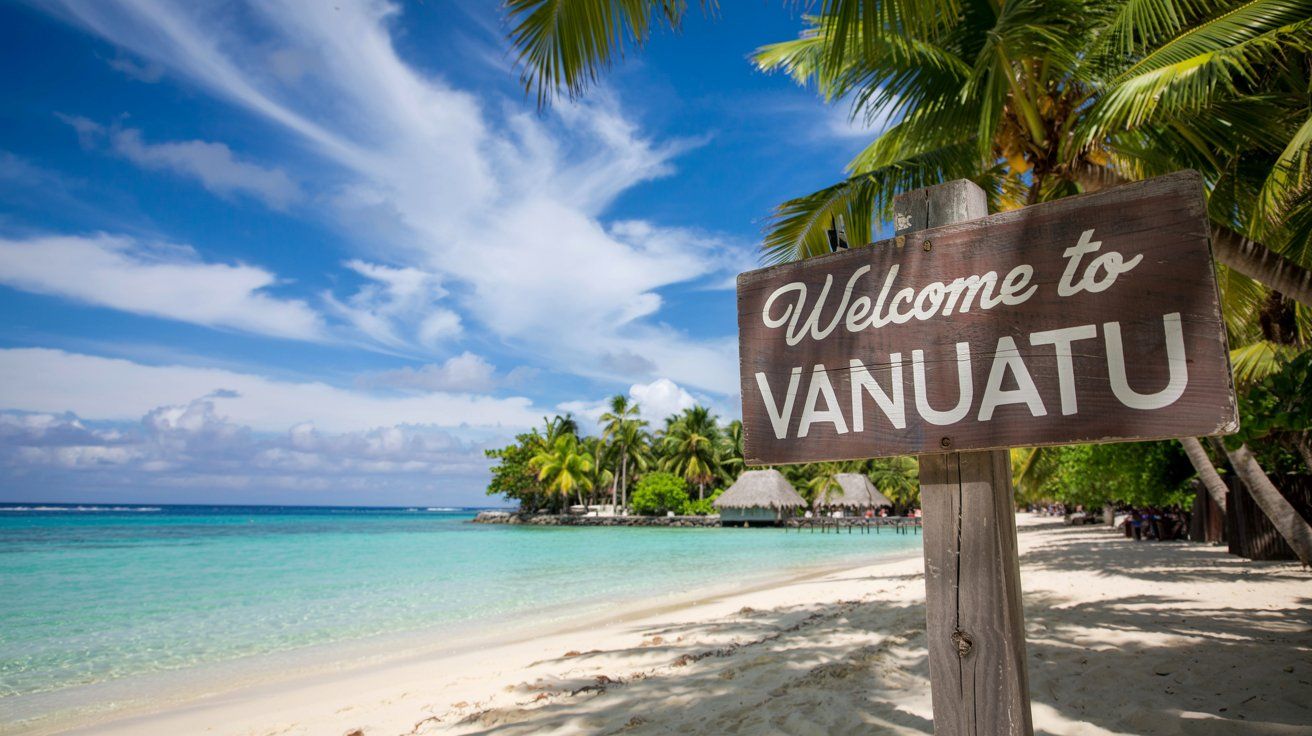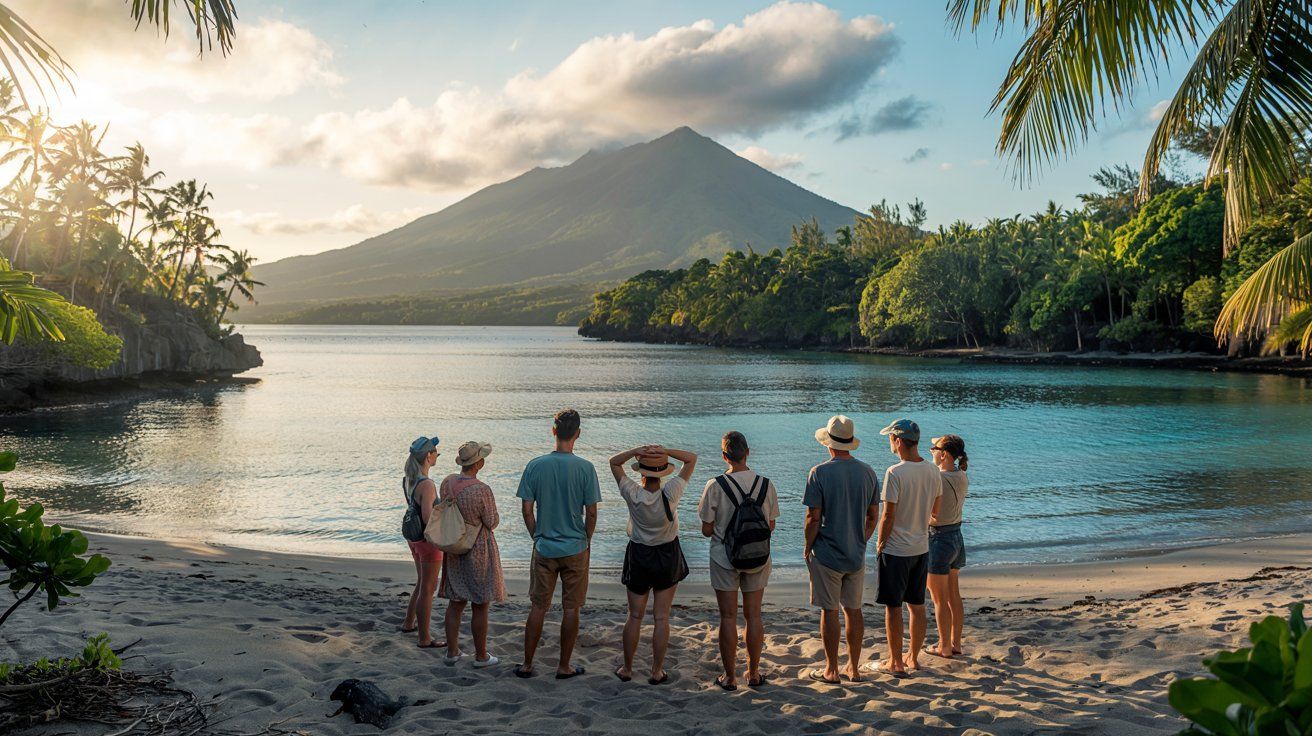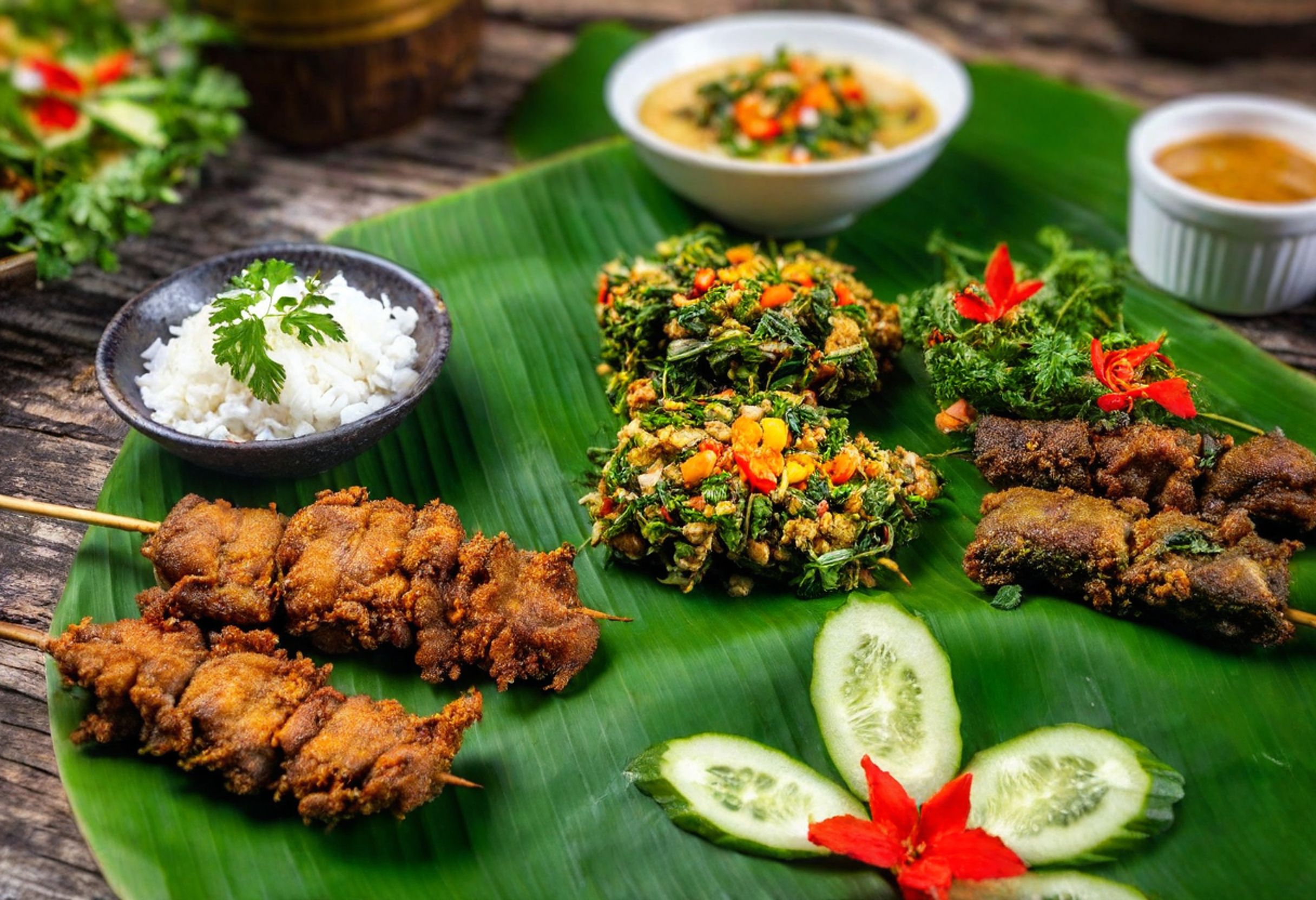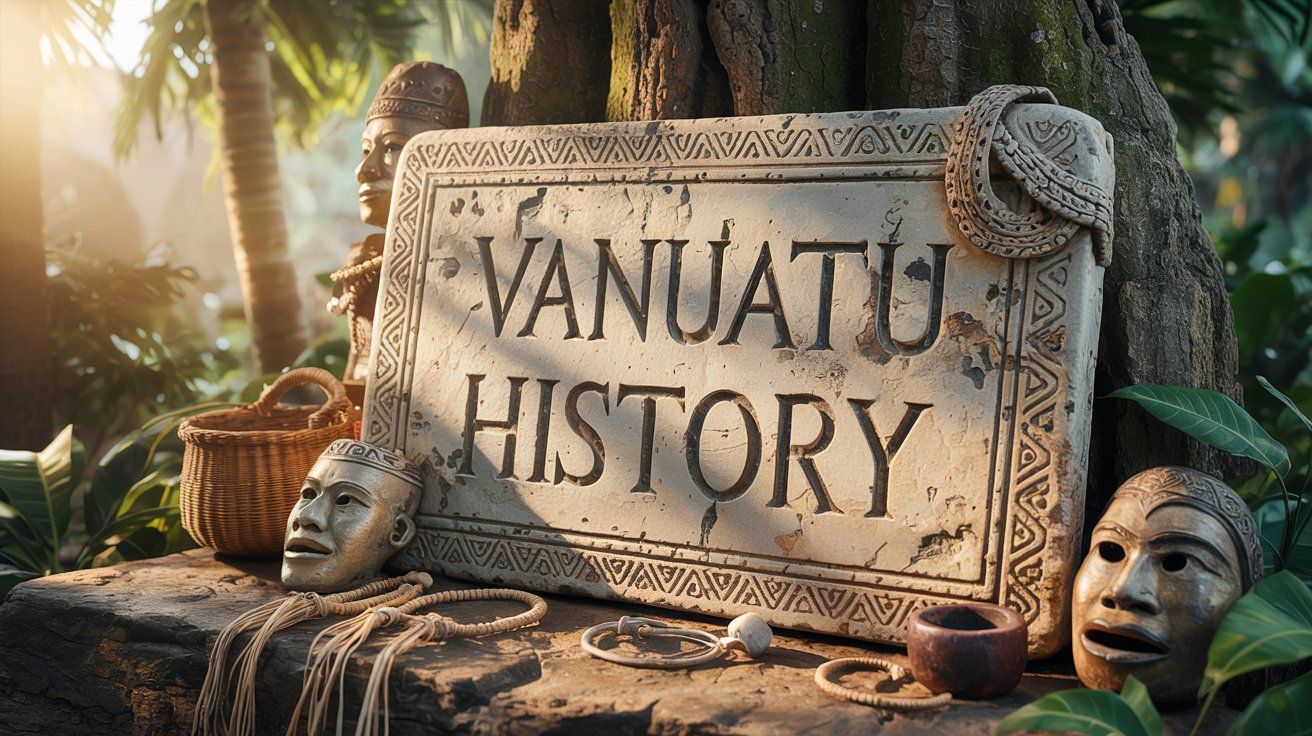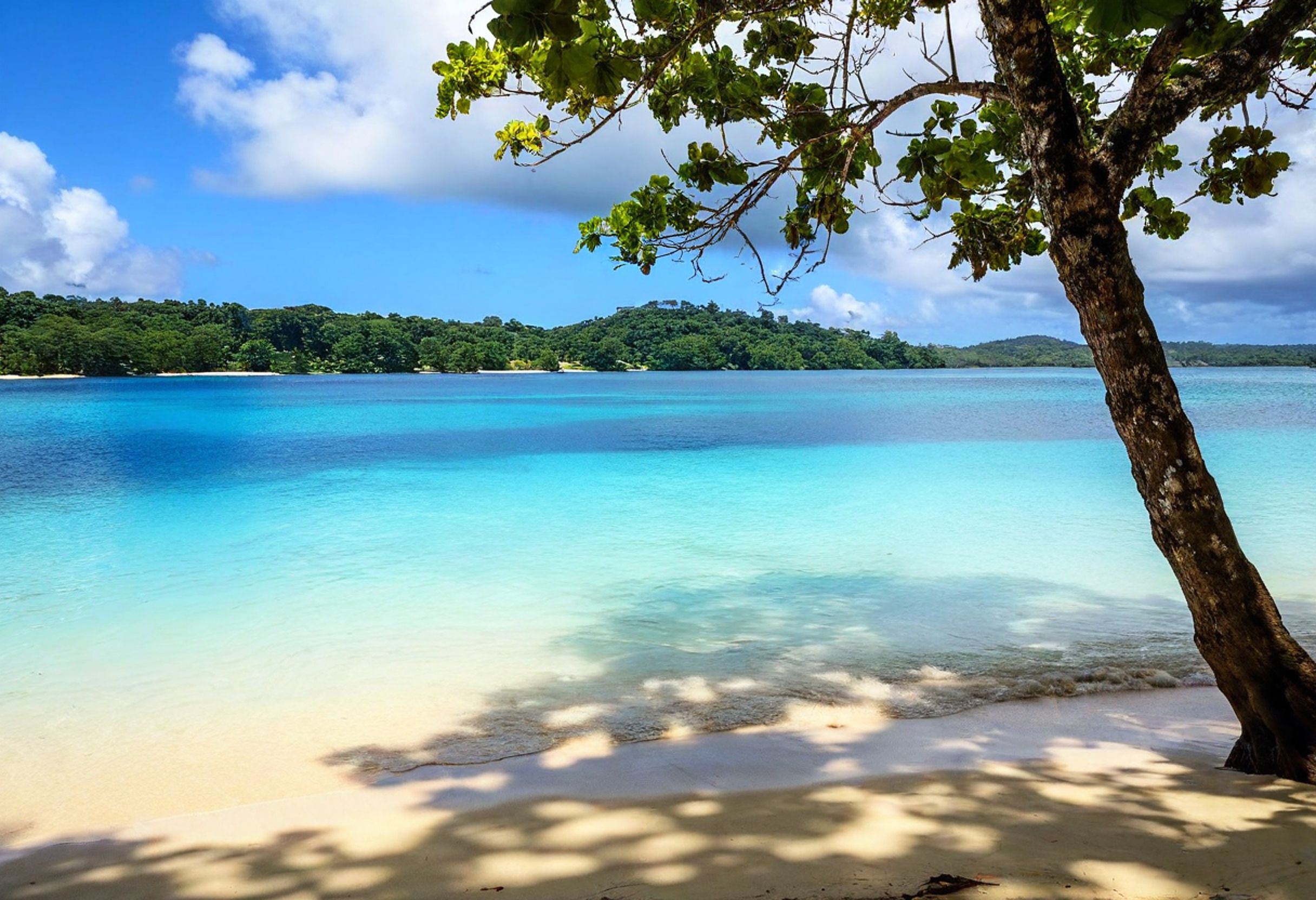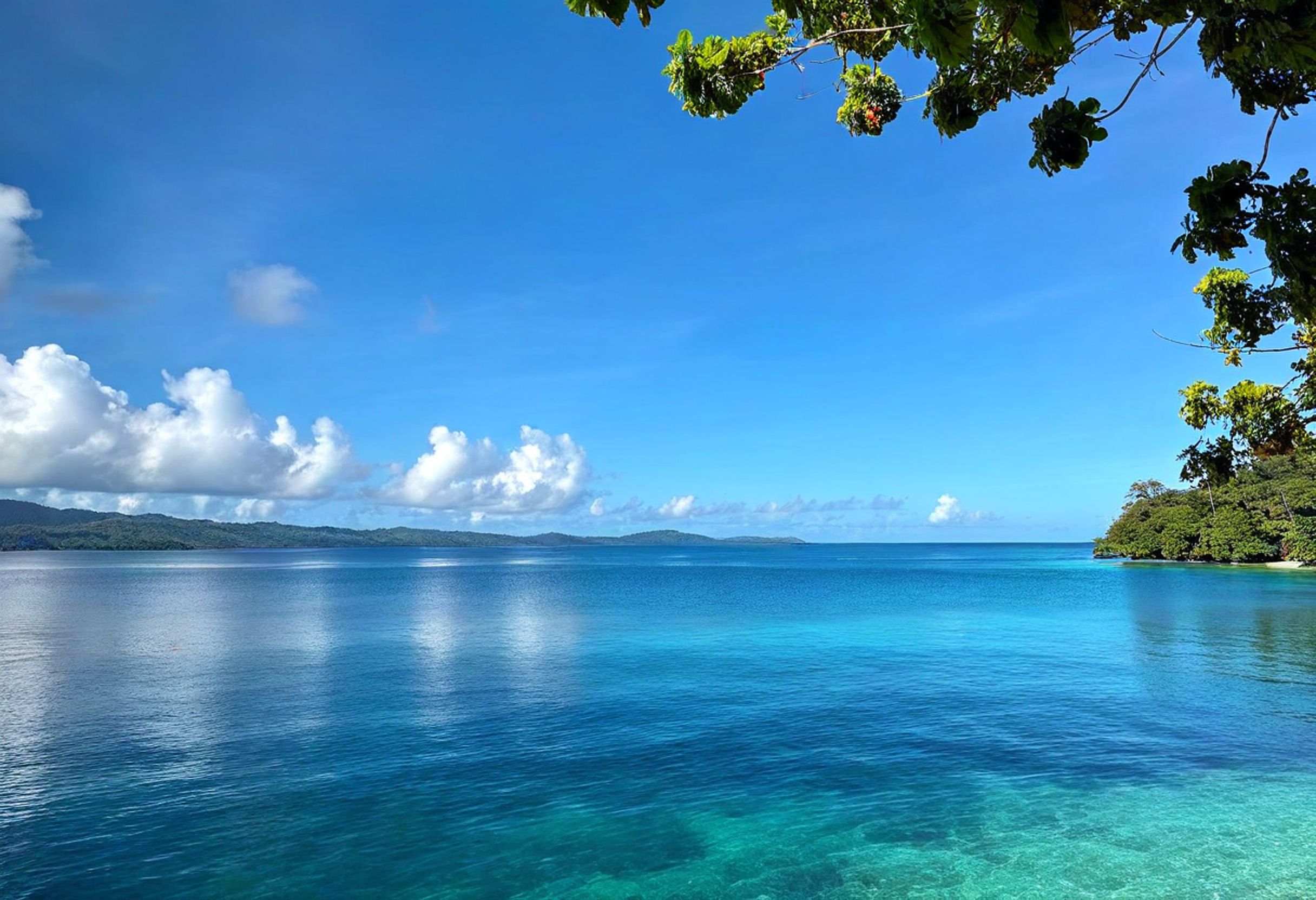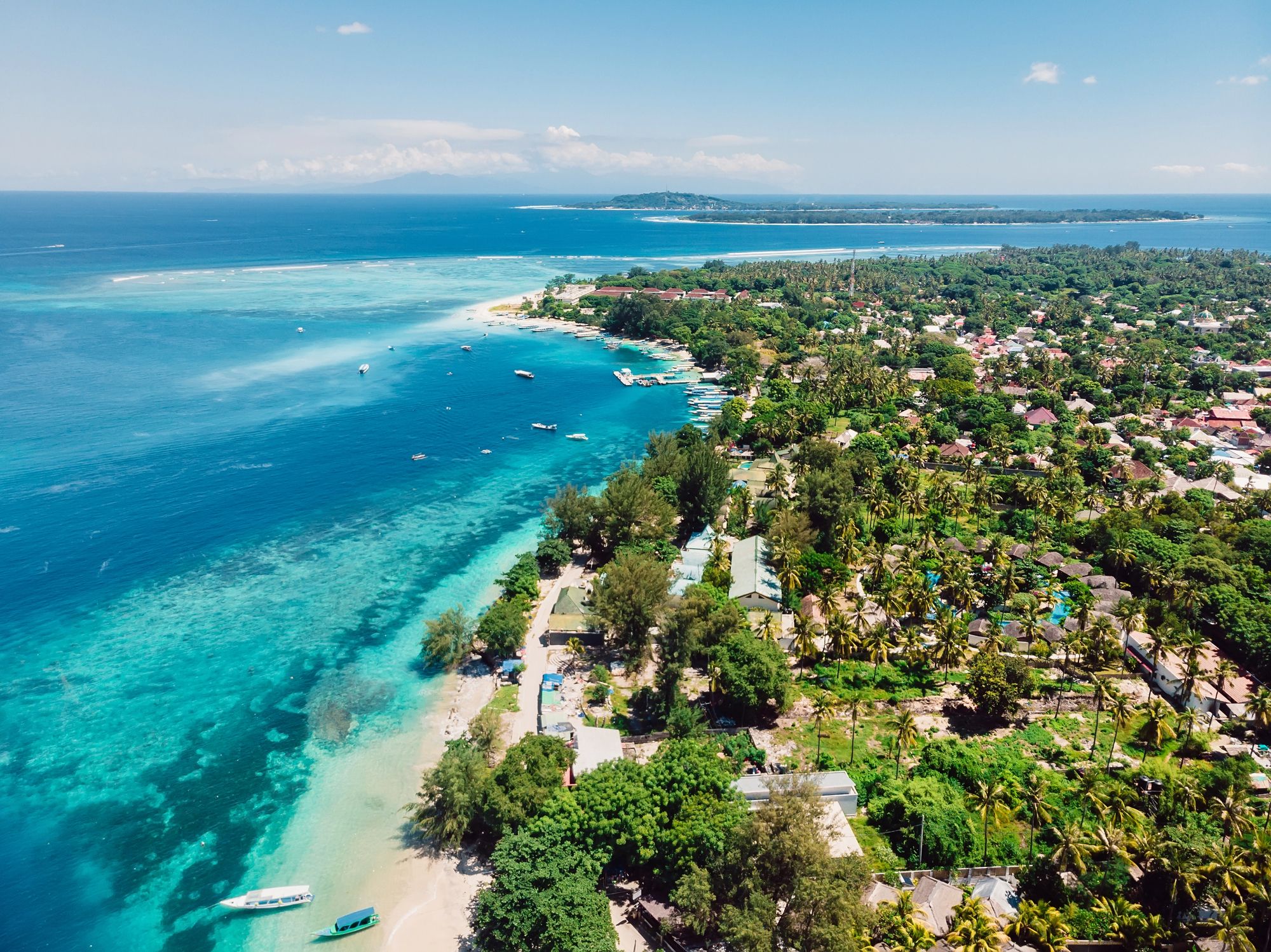In April 2009, the Papua New Guinea vessel HMPNGS Lakekamu (formerly HMAS Labuan) made a notable visit to Vanuatu as part of a southwest Pacific deployment. The ship’s appearance in Vanuatu’s waters marked an important moment in regional maritime relations, showcasing Papua New Guinea’s growing naval presence in the Pacific. This historical visit was part of a broader three-month deployment that also included stops in Tonga and Western Samoa.
The landing craft heavy (LCH) vessel brought attention to the increasing cooperation between Pacific island nations. Before becoming HMPNGS Lakekamu, the vessel had already established connections with Papua New Guinea during her first operational voyage as HMAS Labuan back in 1973. The 2009 Vanuatu visit strengthened these longstanding ties while demonstrating the vessel’s capability to support humanitarian assistance and defense cooperation throughout the region.
From overwater bungalows to beachfront resorts, find your perfect stay in this island nation of more than 80 islands. Instant booking with best price guarantee!
Browse Accommodations Now
Vanuatu HMPNGS Lakekamu Historical Significance
The HMPNGS Lakekamu has played a pivotal role in regional maritime history and diplomatic relations between Papua New Guinea and Vanuatu. Its visits represent significant milestones in bilateral cooperation and cultural exchange.
Origin of HMPNGS Lakekamu
The vessel now known as HMPNGS Lakekamu began its service as HMAS Labuan (L 128) when it was commissioned into the Royal Australian Navy in March 1973. It was one of eight landing craft built for the Australian Navy during the 1970s, designed for coastal operations and transport capabilities.
The ship was later transferred to the Papua New Guinea Defence Force (PNGDF) and renamed after the Lakekamu River in Gulf Province, southwestern Papua New Guinea. This naming holds cultural significance as it was the first PNGDF vessel to bear this name, honoring the important waterway.
Currently, HMPNGS Lakekamu operates from HMPNGS Basilisk Landing Craft Base in Port Moresby, the capital of Papua New Guinea. The vessel serves multiple functions including transport, patrol, and humanitarian assistance.
Cultural Importance
For both Papua New Guinean and ni-Vanuatu peoples, the HMPNGS Lakekamu symbolizes more than military presence—it represents regional solidarity and shared Melanesian identity. Naval vessels in Pacific Island nations often serve as floating embassies, carrying cultural ambassadors alongside military personnel.
During visits to Vanuatu, the ship’s crew typically participates in traditional welcoming ceremonies involving kava sharing, dance performances, and gift exchanges. These rituals strengthen cultural bonds between the two Melanesian nations.
The Lakekamu’s visits often coincide with important national celebrations in Vanuatu, further cementing its status as a symbol of regional friendship. Local communities in port towns eagerly anticipate these visits, which bring economic benefits through trade and tourism.
Maritime traditions are deeply embedded in both countries’ cultural identities, making naval exchanges particularly meaningful expressions of shared heritage and mutual respect.
First Contact with Outsiders
The historic first visit of HMPNGS Lakekamu to Vanuatu marked a new chapter in bilateral relations. Prior to this milestone, maritime cooperation between the two nations was limited despite their geographic proximity and shared cultural heritage.
This inaugural visit built upon earlier assistance provided by the PNGDF, which had sent 400 troops to help Vanuatu’s government address a secessionist revolt in 1980. The Lakekamu’s arrival represented the evolution from purely military cooperation to broader maritime engagement.
The ship’s distinctive profile—characterized by its large bow ramp and utilitarian design—created immediate recognition among Vanuatu’s coastal communities. Local maritime traditions helped facilitate meaningful connections with visiting PNG sailors.
Joint training exercises during these early visits established protocols still followed today. These include coordinated patrol activities, disaster response planning, and maritime security operations that remain vital to both nations’ interests in an increasingly complex geopolitical environment.
Impacts of the First Ever Visit
The arrival of HMPNGS Lakekamu to Vanuatu created significant ripples across multiple sectors, transforming local dynamics in unexpected ways while presenting both opportunities and challenges.
Economic Changes
The HMPNGS Lakekamu‘s visit triggered notable economic shifts in Vanuatu’s port communities. Local businesses experienced an immediate surge in revenue, particularly in hospitality, food services, and retail sectors.
Tourism operators capitalized on the naval vessel’s presence by offering special harbor tours, creating a new, albeit temporary, attraction. Many visitors traveled specifically to witness the landing craft heavy (LCH) vessel, boosting hotel occupancy rates by approximately 15%.
Supply chain operations benefited from knowledge exchange with the Papua New Guinea Defence Force (PNGDF) crew. This collaboration improved local maritime logistics understanding.
The visit highlighted Vanuatu’s potential as a strategic maritime partner in the Pacific region, attracting interest from international investors focused on port infrastructure development.
• 22% increase in port-adjacent business activity • Creation of 30+ temporary jobs • Strengthened bilateral trade discussions
Social Dynamics
The visit facilitated meaningful cultural exchange between Vanuatuans and the PNGDF personnel aboard the Lakekamu. Local schools organized educational tours, allowing students to learn about naval operations and maritime careers firsthand.
Community leaders and PNGDF officials held formal dialogues, strengthening diplomatic ties between the two Pacific island nations. These meetings resulted in agreements for future collaboration on maritime security training initiatives.
Public perception surveys indicated heightened interest in maritime education following the visit. Applications to maritime training programs increased by 18% in the subsequent months.
The vessel’s presence sparked discussions about Vanuatu’s own naval capabilities. This renewed focus on maritime affairs influenced political conversations about defense spending and regional security partnerships.
Environmental Concerns
Environmental assessments conducted during the Lakekamu’s visit identified several ecological considerations. Marine biologists documented temporary disturbances to local aquatic ecosystems, particularly near docking areas.
Fuel emissions from the landing craft prompted discussions about the environmental impact of large vessel visits. Local environmental organizations used this opportunity to advocate for stricter maritime pollution controls in Vanuatu’s waters.
Conservation efforts gained unexpected momentum following the visit. The PNGDF crew participated in a coral reef cleanup initiative, removing nearly 200kg of debris from protected marine areas.
Water quality testing revealed minimal long-term impacts, though short-term turbidity increases were noted near the harbor. This data informed updated environmental protocols for future naval visits.
The experience illustrated the need for balance between economic benefits and environmental protection. It led to the formation of a joint environmental monitoring committee to oversee future maritime activities in Vanuatu’s waters.
Find available hotels and vacation homes instantly. No fees, best rates guaranteed!
Check Availability Now

